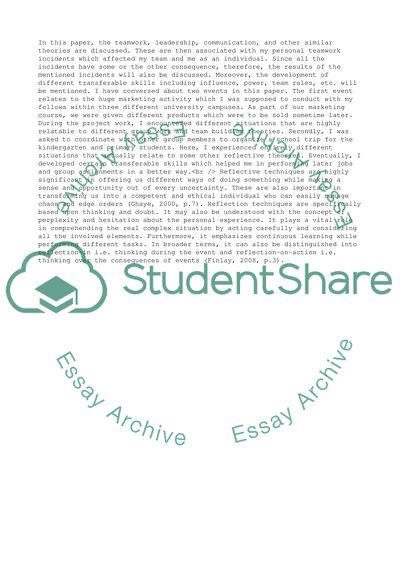Cite this document
(Impacts of Working with a Group of Individuals Essay - 1, n.d.)
Impacts of Working with a Group of Individuals Essay - 1. Retrieved from https://studentshare.org/management/1630032-reflective-report
Impacts of Working with a Group of Individuals Essay - 1. Retrieved from https://studentshare.org/management/1630032-reflective-report
(Impacts of Working With a Group of Individuals Essay - 1)
Impacts of Working With a Group of Individuals Essay - 1. https://studentshare.org/management/1630032-reflective-report.
Impacts of Working With a Group of Individuals Essay - 1. https://studentshare.org/management/1630032-reflective-report.
“Impacts of Working With a Group of Individuals Essay - 1”, n.d. https://studentshare.org/management/1630032-reflective-report.


